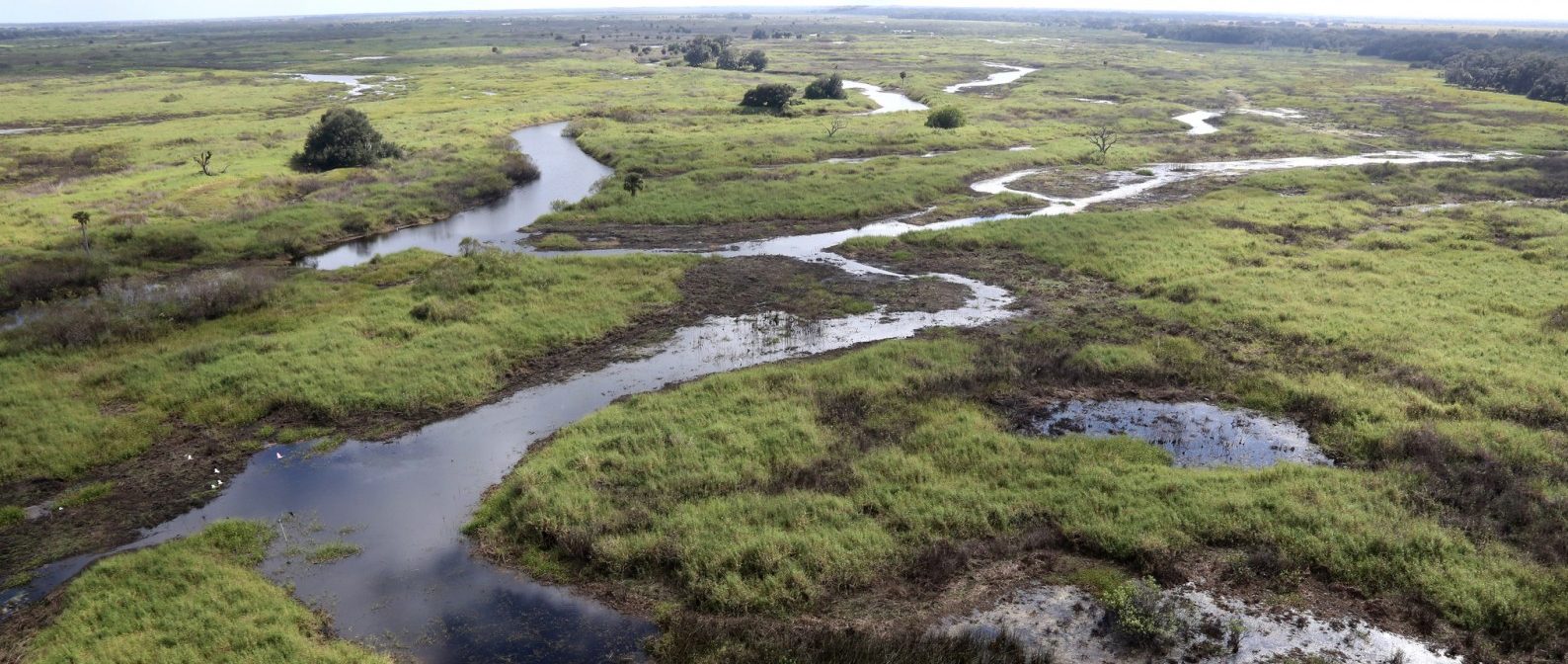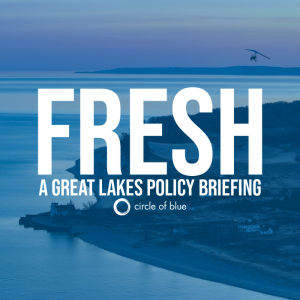The Stream, May 17, 2023: Morocco Boosts Funding, Ambitions for 30-Year Water Plan

Restoration projects in the Kissimmee River Basin north of Lake Okeechobee are part of larger efforts to reduce nutrient pollution and send clean water south to the Everglades. Photo courtesy Brent Anderson / South Florida Water Management District via Flickr Creative Commons
YOUR GLOBAL RUNDOWN
- Public hiking paths have opened along the Han River, a biodiverse estuary which flows through the Demilitarized Zone between North and South Korea.
- Morocco, which has one of the world’s lowest water resources per capita, boosts its water funding by billions of dollars.
- In south and central Florida, where decades of Everglades restoration projects are already underway, climate change is forcing engineers to pivot.
- Cyclone Mocha, which made landfall in Myanmar earlier this week, is tied for the strongest storm ever recorded in the North Indian Ocean.
Extreme rains and a warmer climate are uprooting fishing and farming in Trinidad and Tobago.
“Watermelons can’t compete with oil and gas.” — Teeluckram Khemrag, a produce salesman in Trinidad.
In Trinidad and Tobajo, dry seasons are drier and rainy seasons are more extreme, a weather pattern scientists have attributed to climate change, the New York Times reports. Inconsistent weather has severely disrupted the livelihoods of farmers and fishers. Floods are washing away mangrove nurseries and dirtying clear waters with sediment, while “clams, oysters, mussels and many species of fish are in decline.” Destructive, inconsistent rains — long dry spells, interspersed with long periods of heavy precipitation — are lowering yields of watermelon and other produce.
Amidst these weather disruptions — “Trinidad’s average temperature has risen two and half times above the global average from 1946 to 2019,” according to the New York Times — citizens are reckoning with the government’s decision to pursue oil and gas. The industries bolster economic growth, but at an environmental cost in a country already facing severe climate challenges.
— Christian Thorsberg, Interim Stream Editor
Recent WaterNews from Circle of Blue
- Anishinaabe Tribes Work to Save a Fish Significant to Their Culture and an Important Source of Protein — Commercial fishers are catching fewer whitefish in parts of the Great Lakes. The Anishinaabe people are trying to figure out why.
- Louisiana Becomes First State to Issue Drinking Water Report Cards — Move aims for transparency and to identify struggling water systems.
The Lead
According to the World Bank, nearly 88 percent of water in Morocco, one of the world’s most water-scarce countries, is used for agriculture, Morocco World News reports. By 2050, without significant change, water availability is projected to fall, further straining the drinking water supply for the nation’s 37 million residents.
In 2020, the country announced a 30-year National Water Plan to address its ongoing crisis. At the time, $383 billion (USD) were allotted for its implementation. Last week, as temperatures in the country climbed, $14.3 billion (USD) was added to the budget.
Engineers are working to connect three water basins — the Sebou, Bouregreg, and Oum Er-Rbia — and heavily dam their waterways, which would increase water storage capacity. They are also working with farmers to implement less water-intensive irrigation methods, recycle wastewater, and deliver more fresh water to rural areas, Morocco World News reports.
Morocco is also moving ahead with less-traditional techniques, including large-scale desalination efforts. Three projects are under construction, boasting “a total daily production capacity of over 200,000 cubic meters.”
This Week’s Top Water Stories, Told In Numbers
11
Number of “peace trails” recently opened to the South Korean public in the Demilitarized Zone (DMZ) dividing North Korea and South Korea, Al Jazeera reports. The DMZ, which is 2.5 miles wide and stretches 155 miles long, has benefited from the past half-century of near-total human absence. Along the banks of the Han River, which separates the countries, “different eagles, white-naped cranes, swan geese, bean geese, Seoul frogs, and black-faced spoonbills,” as well as endangered species, thrive. A lack of ecological surveys leads scientists to think that many “unrecorded species” also live near and within the waterway.
4
Number of Category 5 storms experienced so far in 2023, Yale Climate Connections reports. The latest, Cyclone Mocha, made landfall early this week in Myanmar. With wind speeds at 175 miles-per-hour and between 8 and 24 inches of rain, the storm has already caused devastating flooding, especially along low-elevation coasts. Officials are preparing for a humanitarian crisis, particularly within vulnerable Rohingya refugee camps, which are low-lying and “sealed off from the rest of the country by barbed wire fences with security checkpoints,” according to Yale. Mocha is tied for the strongest storm ever recorded in the North Indian Ocean.
On the Radar
In the 1990s, in response to drinking water shortages, a $21 billion restoration effort began in the Florida Everglades, transforming the state while building “some 2,200 miles of canals, 2,100 miles of levees and berms, 84 pump stations and 778 water control structures,” InsideClimate News reports. But the plan, which includes 68 projects and is still ongoing, is being reshaped today by climate change: Rising sea levels, hotter temperatures, extreme storms, and an influx of people are drastically changing the wetlands landscape and how engineers are approaching restoration. Shifting focus to environmentally friendly infrastructure — including sea walls and pumps — is one likely change planners are preparing for.
More Water News
Cleanup Cost: In Nigeria’s southern Bayelsa state, officials estimate that $12 billion is needed to clean decades-old oil spills, preventing any further groundwater and soil contamination, Reuters reports.
Madagascar Mine: After the release of mining waste into Madagascar’s Mandromondromotra River killed thousands of fish, residents demand accountability and reparations, Mongabay reports.
Christian Thorsberg is an environmental writer from Chicago. He is passionate about climate and cultural phenomena that often appear slow or invisible, and he examines these themes in his journalism, poetry, and fiction.






Leave a Reply
Want to join the discussion?Feel free to contribute!